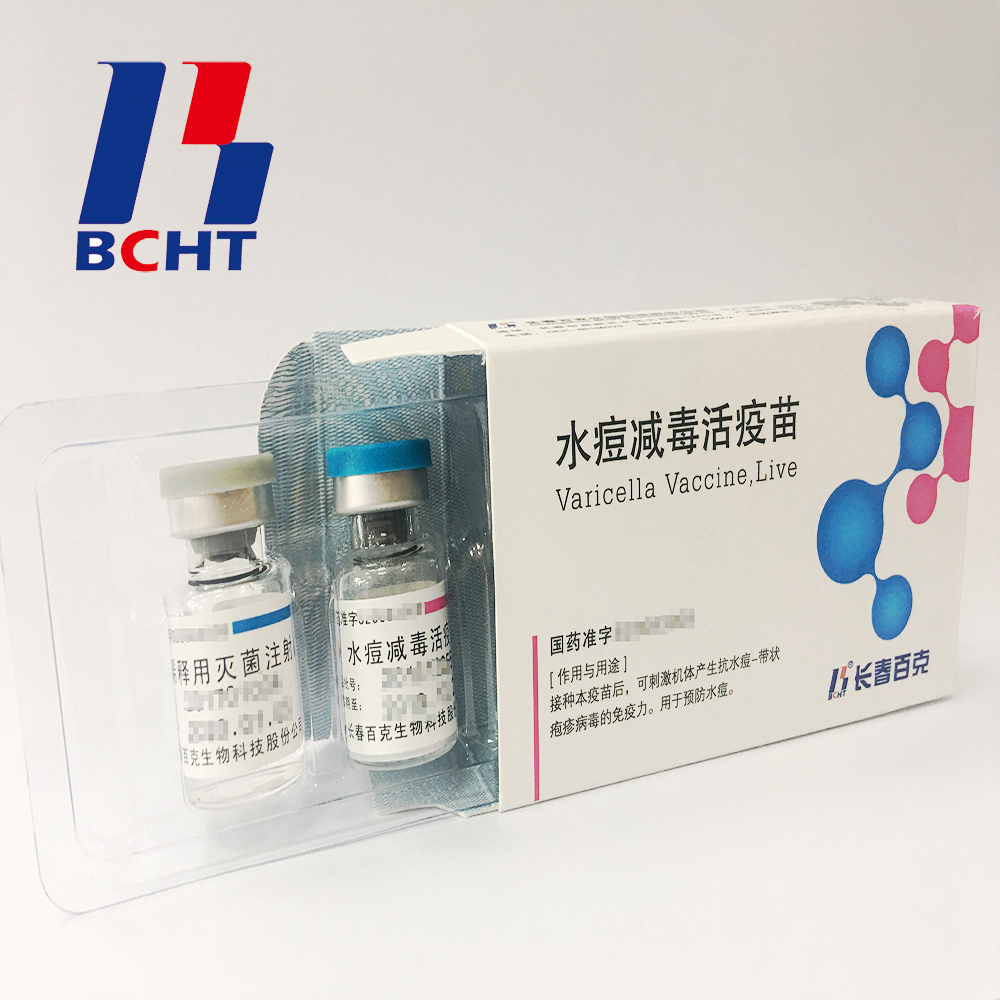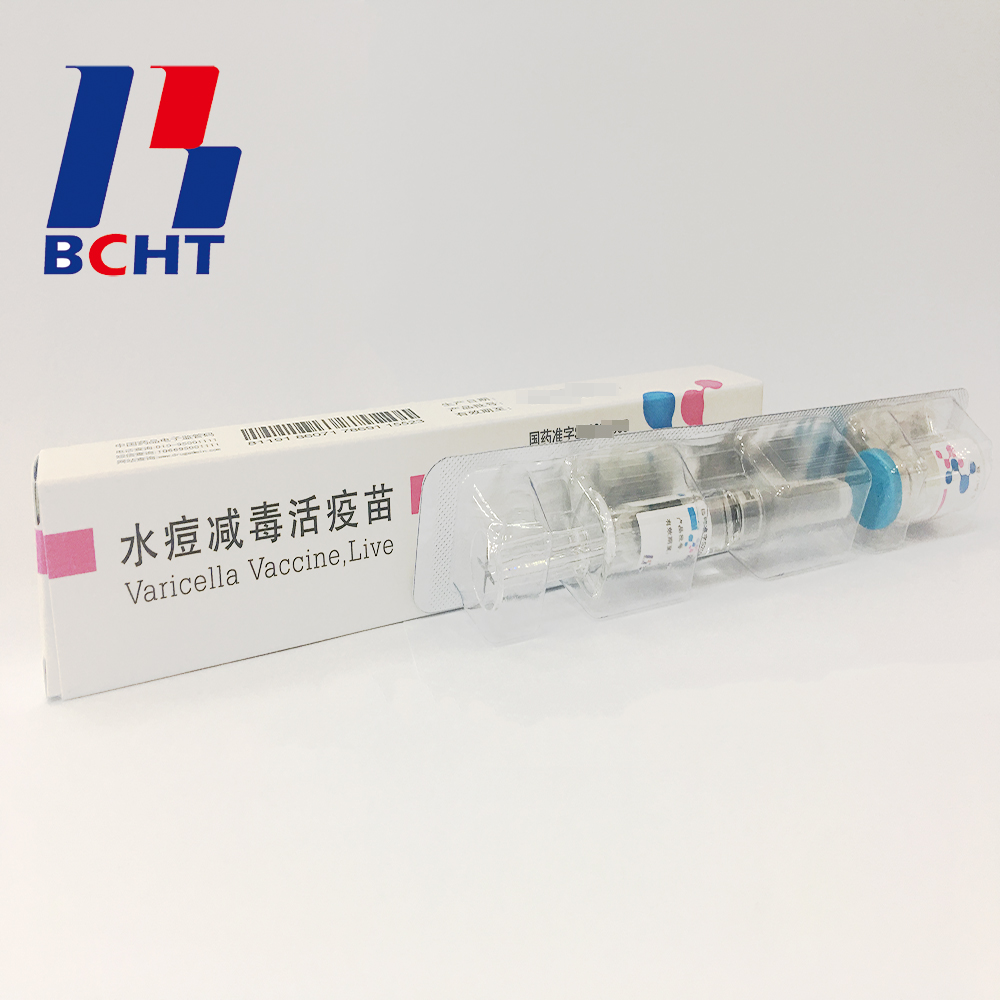Several Effective Measures to Improve Feed Utilization of Laying Ducks
The feed expenses account for about 50%-60% of the production cost of ducks, and raising feed utilization rate is an important technical measure to reduce the production cost of ducks and increase the economic benefits of ducks. In response to the current problem of low feed utilization in farmer rearing ducks, the author proposes the following measures for reference.
First, improve feeding methods
At present, many duck farmers in rural areas use the traditional method of grazing during the day and feeding rice at night. Using this method, the average amount of grain consumed in the year is greater than the amount of compound feed consumed in captivity, and it is time-consuming and labor-intensive. Therefore, it is best to change the conventional method of grazing plus rice for the year to use the method of compound feed, or to change the source of adequate seasons for grazing plus compound feed, while the usual use of compound feed, a half circle semi-pastoral combination method. Practice has proved that the annual adoption of compound feed for breeding, each duck consumes only about 50 kilograms of formulated feed all year round, saving about 10 kilograms of rice than the annual grazing, and the average annual egg production rate can be increased by about 30%. Time.
Second, scientific deployment and use of compound feed
After the grazing ducks are reared by grazing, the key technology is to scientifically and rationally ration the rations according to the feeding standards of ducks. According to the practice and experience of duck farmers in recent years, the egg production rate is higher than 80% under normal temperature (13°C-25°C), and its nutrient standard requires 11.55 MJ/kg metabolism and 17% crude protein. The egg energy ratio is 14.8g/joule coke, calcium 3.5%, phosphorus 0.6%; egg production rate 65%-80%, requires metabolism 11.55 MJ/kg, crude protein 16%, egg energy ratio 13.8 g/mjojo, calcium 3.25%, phosphorus 0.6%; when the temperature is higher than the normal temperature, the crude protein level can be appropriately increased by 1%-2% while keeping the metabolic energy per kilogram unchanged; otherwise, the metabolic energy per kilogram of feed is increased. 0.21-0.42 MJ/kg, crude protein decreased by 0.5%-1%. Duck farmers can refer to the above standards when formulating diets, and note that animal protein feeds (such as fish meal, silkworm cocoons, meat and bone meal, etc.) should account for 3%-6% of the diet, and vegetable protein feeds (eg, bean cakes, cottonseed cakes). , rapeseed cakes, peanut cakes, etc.) The proportion of diets is 10%-20%, mineral feed (such as bone meal, shell powder, etc.) accounts for 4%-8% of dietary ratio, energy feed (such as corn, rice, etc.) The proportion of diets is 60%-70%, supplemented with trace elements, essential amino acids, vitamins, antibiotics, and other additives, can form a full-price-matched diet to meet the nutritional needs of various egg-laying ducks.
Third, the correct and rational use of feed additives
Adding some nutritive and non-nutritive additives in the diets of ducks and ducks is mainly to improve the full price of feed, in order to increase the utilization of feed, promote the growth and development of ducks, improve the quality of eggs, and increase the egg production rate. The hatching rate and fertility have achieved the purpose of reducing the cost of feeding in many aspects.
The main components of the additive are amino acids, vitamins and minerals. The data confirmed that 80 grams of methionine and 50 grams of lysine were added to the 50 kilograms of regular duck and duck diet. The use of fishmeal could be reduced from about 4 kilograms to about 2 kilograms, and egg production, egg weight, etc. would not be used. Affected. Vitamin supplements can completely replace the nutritional function of green feed, not only can play the role of vitamin supplements, but also save a lot of green fodder, reduce the labor intensity of duck farmers, reduce the cost of duck production. The addition of minerals can also increase egg production and save feed.
Fourth, pay attention to feeding methods
The feed for laying ducks can be divided into powders, granules, and granules that are not crushed (usually rice, corn, etc.). For the selection of feed formulations, each farmer can consider according to the actual situation of the local commodity feed and his own processing capacity, and the feeding method can also be flexibly controlled, but whether it is using granular materials, wet powder materials or dry powder materials for feeding ducks should be Take less to add Tim, one feed should not be too much, each feeding to eat as a principle, but also pay attention to each feeding amount not more than 1/3 of the feed trough or material depth, so as not to duck feed will shake trough outer. In addition, feed troughs for ducks and ducks should generally have a sharp bottom, a large belly, a small mouth, and a length so that each duck can occupy an eating position. The width of the feed trough should be such that ducks cannot enter and leave the trough freely and feed easily. The height of the trough is generally 1.5 to 2 cm higher than ducks.
Finished Products of varicella vaccine. It has three qualities,good safety of gelatin-free, long validity period by good stability, better protection with high titer and immune efficacy. These improvements enhanced the vaccine safety and quality, and established BCHT the leading position in varicella vaccine. We have two different packages, penicillin bottle and pre-filled syringe. And it has been exported to other countries, such as India, Philippines.


Finished Products
Finished Products Of Rabies Vaccine,Rabies Vaccine For Human Use,Live Biotechnology Chicken Pox,Live Lyophilized Vaccination
Changchun BCHT Biotechnology Co.,Ltd , https://www.ccbcht.net